British Poetry - 1 Chapter Notes | Crash Course for UGC NET English Literature PDF Download
Overview of Old English Poetry
Old English Poetry comprises around 30,000 lines, which is roughly equivalent to the entire works of Chaucer. This poetry is derived from four primary manuscripts: Vercelli, Exeter, Beowulf, and Junius. Among these, the Junius manuscript stands out for its neat organization and clear writing, containing 56 numbered sections. One of the significant poems in this manuscript is "Christ and Satan."
The Vercelli manuscript is exclusively religious in nature. It includes 23 homilies and six poems, with "The Dream of the Rood" being a notable work. The Exeter manuscript features a mix of religious and secular poetry, including elegiac pieces like "The Wanderer" and "The Seafarer." Additionally, it contains 95 riddles.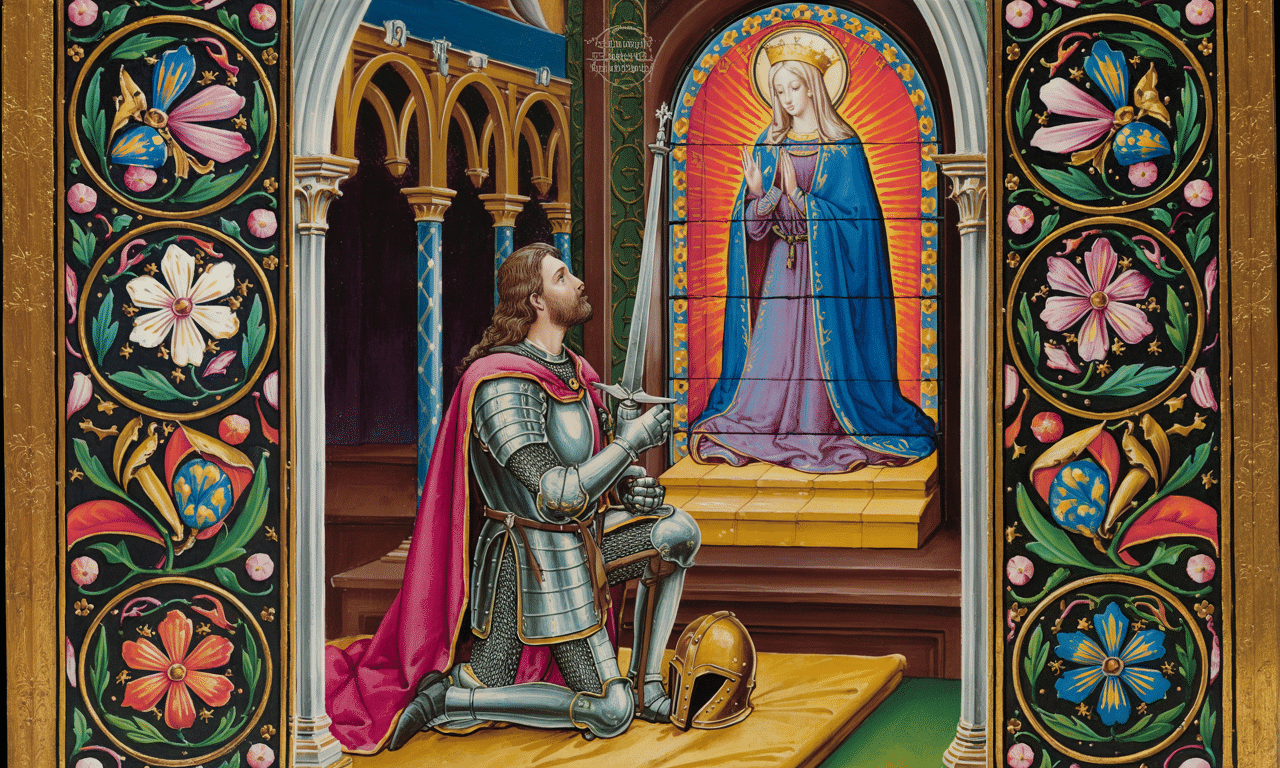 Medieval Poetry
Medieval Poetry
Oral Tradition in Old English Poetry
A significant portion of Old English Poetry likely existed in an oral tradition before being written down. For example, the epic poem "Beowulf" references various heroes from earlier, now-lost works. The Latin chronicler William of Malmesbury observed that the historical accounts of Anglo-Saxon kings were derived from Old English songs. The surviving Old English Poetry mainly reflects the interests of the Church, which was the primary institution controlling literacy and writing during that time. This control allowed religious poems to be preserved more effectively.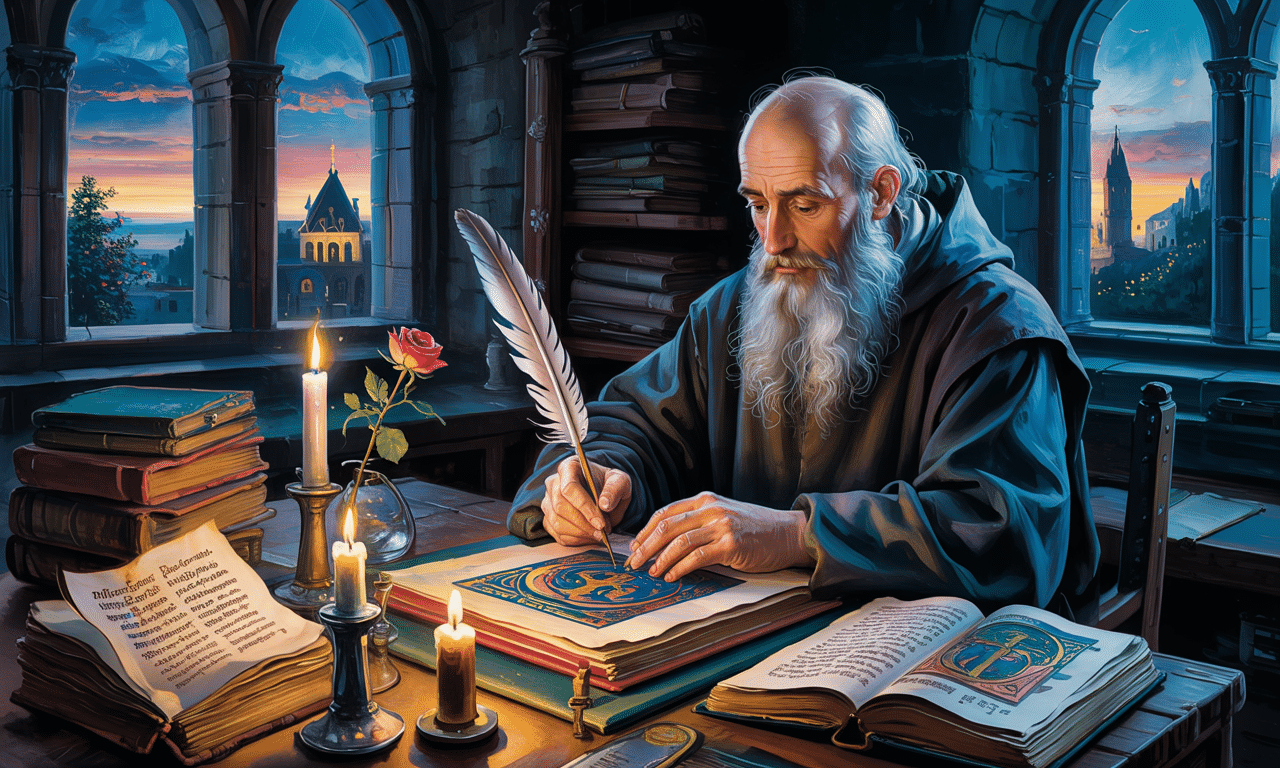 Epic Heritage
Epic Heritage
Most secular poems were probably never recorded in writing, and many religious poems likely disappeared as they became obscure to later scribes. The Venerable Bede, an early medieval scholar, noted that a poet named Caedmon composed a substantial amount of religious poetry, but only his "Hymn on Creation" has come down to us. Unfortunately, we lack detailed information about the circumstances of the creation of these poems, including when, where, by whom, and for whom they were written.
Characteristics of Old English Poetry
- Approximately 30,000 lines of poetry, similar in volume to Chaucer's works.
- Four main manuscripts: Vercelli, Exeter, Beowulf, and Junius.
- The Junius manuscript is notable for its organization and contains 56 sections.
- The Vercelli manuscript includes only religious poetry.
- The Exeter manuscript features a mix of religious and secular poetry.
- Many works were likely passed down orally before being written.
- The survival of religious poems is due to the Church's control over literacy and writing.
Old English Poetry
- Old English poetry was written in continuous lines, similar to prose, without the use of punctuation or capital letters.
- Most poems do not have recorded authors because they were passed down orally and later written by Church scribes. Only three authors are known:
- Caedmon is credited with hymns consisting of 9 lines.
- The Venerable Bede is associated with a 5-line death song.
- Cynewulf is linked to 4 poems focused on Christian themes: Elene, Christ, and Juliana.
- Key features of Old English poetry include digressions, alliteration, compounding, and enjambment.
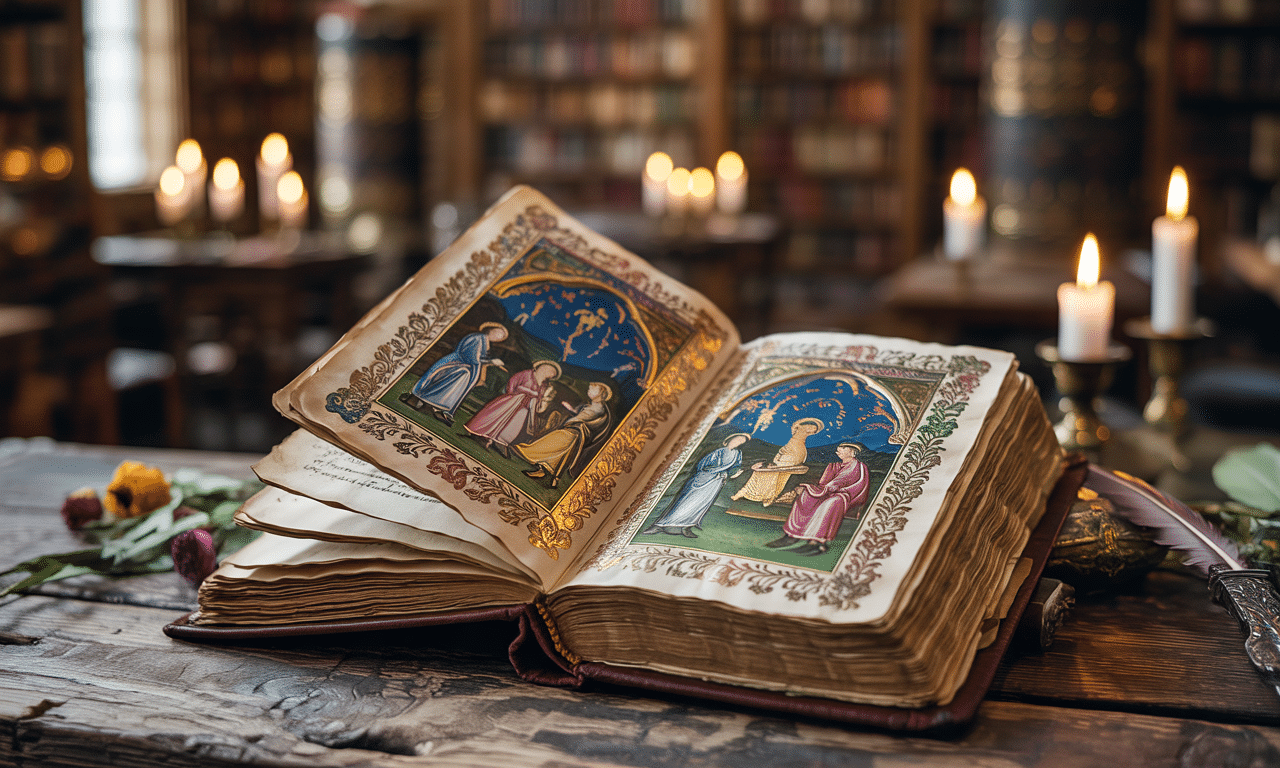 Sacred Poetry
Sacred Poetry
Heroic or Historical Poetry
- The Angles, Saxons, and Jutes brought a code of heroic values to England, emphasising loyalty to family and countrymen, devotion to duty, and a shared sense of responsibility.
- These values led to:
- Sharing of war spoils, a common desire for honour and glory, and a love for oral poetry that told their people's history.
- A serious commitment to these values; for example, it was seen as a serious dishonour for a chief to be outshone by followers in bravery.
- A lifetime of shame if followers returned without their chief after a battle.
- This emphasis on bravery meant they were often absorbed in thoughts of battles and family ties, which led to the creation of Anglo-Saxon heroic poetry.
Introduction to Old English Heroic Poetry
Old English heroic poetry is a type of literature from Anglo-Saxon England that celebrates the bravery and noble deeds of heroes. These poems often feature strong warriors, epic battles, and themes of honor and loyalty. The most famous example of Old English heroic poetry is "Beowulf," which tells the story of a great hero fighting monsters to protect his people.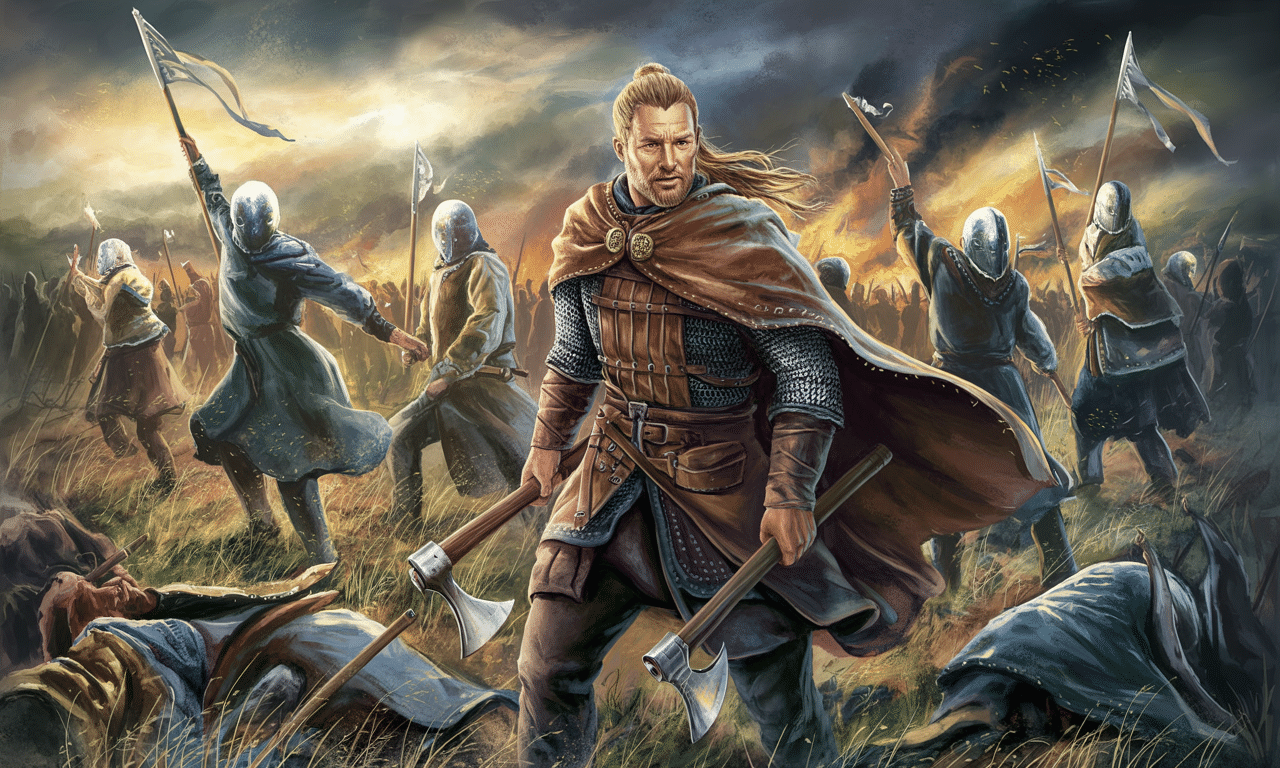 Heroic Loyalty
Heroic Loyalty
Beowulf
"Beowulf" is one of the oldest surviving poems in Old English. Its exact date of writing is unclear, but it is believed to have been composed between the 8th and 11th centuries. The poem is classified as an epic and consists of 3,182 lines that use alliteration, a common feature in Old English poetry.
Summary of Beowulf
Setting and Characters
- The poem is set in Scandinavia.
- Beowulf is the hero from Geatland (modern-day Sweden).
- He comes to the aid of Hrothgar, the king of the Danes, who is troubled by a terrifying monster.
Beowulf's Battles
- Hrothgar's mead hall, Heorot, is under attack by a monster named Grendel.
- Beowulf fights and defeats Grendel by tearing off his arm.
- After Grendel's defeat, his mother seeks revenge, and Beowulf fights her the next night, defeating her as well.
 Norse Legend
Norse Legend
Rewards and Return
- Beowulf is rewarded with land and titles for his bravery.
- He returns to Geatland, where he is crowned king of the Geats.
- Beowulf is the nephew of the former Geat king, Hygelac.
Later Years and Final Battle
- After about 50 years of peaceful reign, Beowulf faces a new threat: a fire-breathing dragon.
- Beowulf battles the dragon, but during the fight, most of his men flee, leaving only Wiglaf to help.
- Wiglaf strikes the dragon a fatal blow, and Beowulf delivers the final cut, but he is mortally wounded because his sword fails him.
Death and Legacy
- Beowulf, despite his wounds, is given an honorable funeral by his people in Geatland.
- He is remembered as a selfless hero who protected his people until the end.
Beowulf: Northern Legends and Historical Events
- The poem Beowulf is based on northern legends about Beowulf, a half-divine hero, and the monster Grendel.
- Various historical events and figures are celebrated in the epic, such as a northern chronicler’s plundering expedition to the Rhine and battles with the Franks.
- Some scholars believe all the events that inspired Beowulf occurred on English soil, reflecting the mix of Anglo-Saxon and Norse elements in the epic.
- Beowulf is considered the greatest epic in all of English Literature.
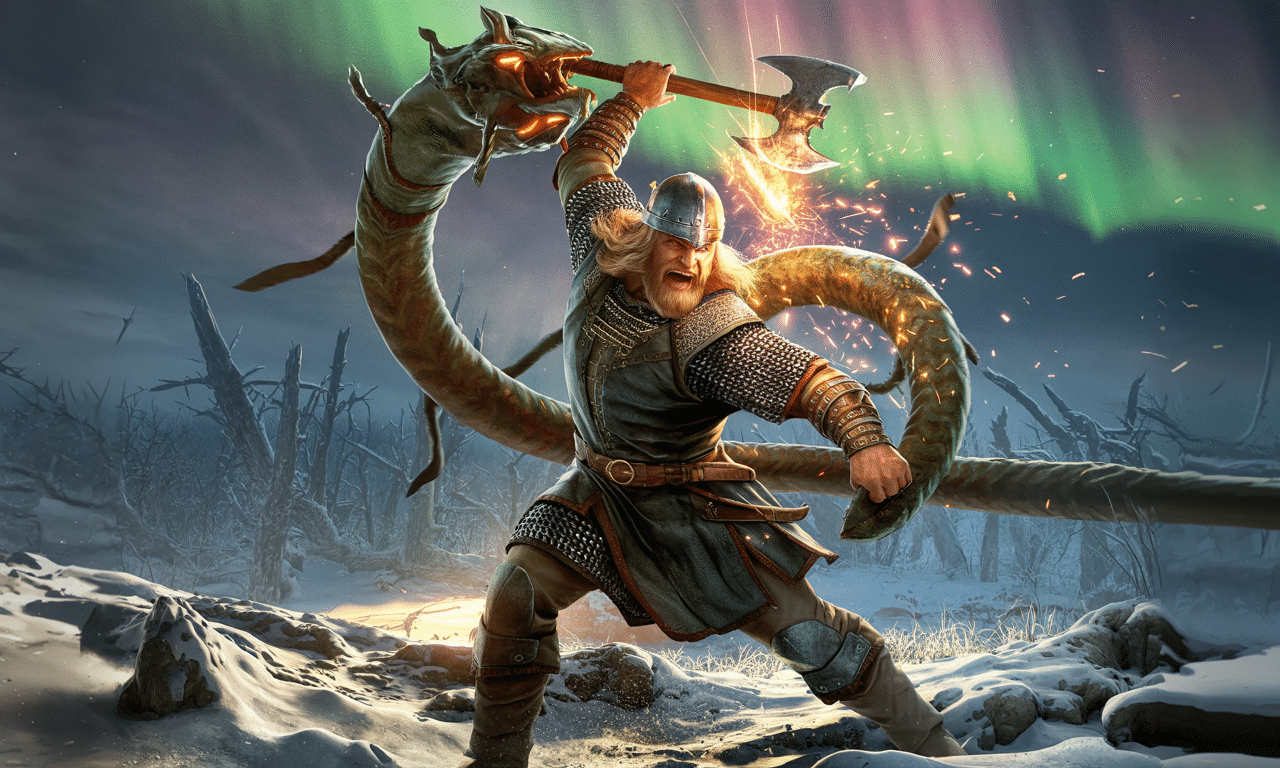 Epic Northern Saga
Epic Northern Saga
The Battle of Maldon
- The poem describes the battle between the Anglo-Saxons and Vikings in 991, with the Anglo-Saxons initially having the advantage.
- Grand speeches and moral decisions are highlighted amidst the fighting.
- Unlike typical heroic poetry, the poem depicts Byrhtnoth, the Anglo-Saxon leader, allowing the Vikings safe passage for a fair fight.
- This decision, driven by pride and mockery, ultimately influenced the battle's outcome.
Deor’s Lament
- The poem reflects a man's deep sorrow and feeling of endless suffering, contrasted with the idea that God distributes fortunes in middle-earth.
- While some receive grace in the form of power, prosperity, wisdom, and wealth, others are given a share of woe.
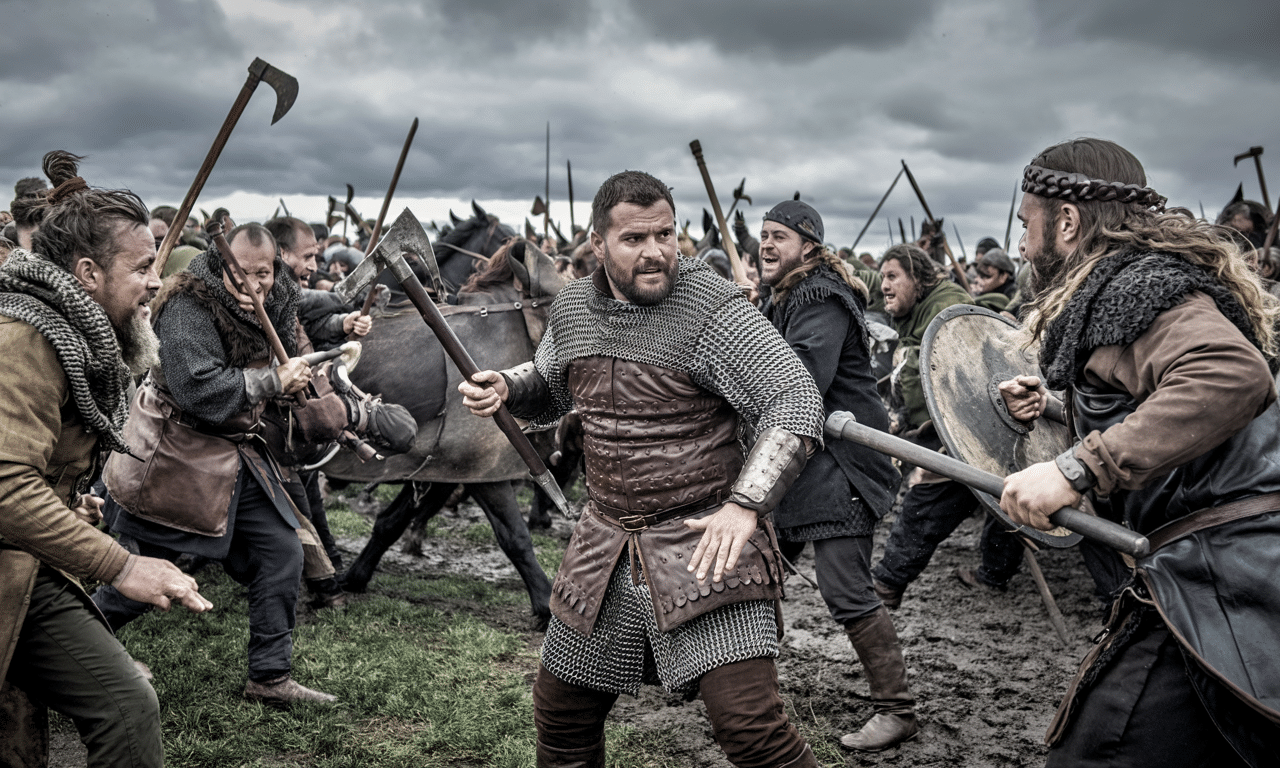 Warriors' Honor
Warriors' Honor
Deor's Lament
Deor's Lament is a special poem with repeating lines in its stanzas. It can be understood in various ways, such as a dramatic speech, a plea, a sad poem, a comforting poem, or a charm for good luck. The main character, Deor, shares stories from Germanic legends and history, reflecting on their moral lessons. The poem is made up of different stanzas, each telling a story of hardship and sorrow. At the end of each stanza, there is a repeating line:
"That passed over–so can this."
This line highlights that sadness is something everyone experiences and that it is temporary. It offers hope that difficulties will eventually fade away with time.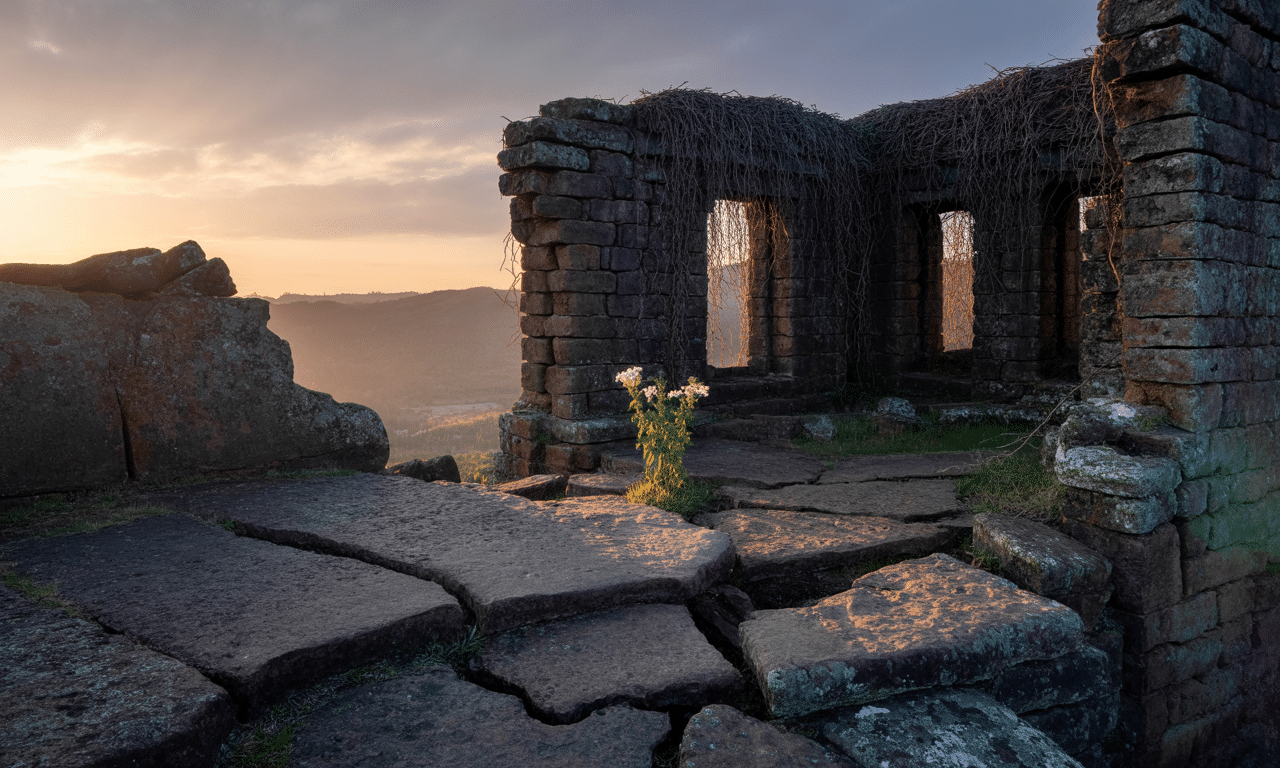 Ethereal Resilience
Ethereal Resilience
Stanza Summaries
- First Stanza: The poem begins with the story of Weland, a famous smith who is captured and mistreated by King Nithhad. In revenge, Weland tricks the king's daughter, Beadohild, into an affair, kills her brothers, and serves their skulls as bowls to the king.
- Second Stanza: After her brothers' murder, Beadohild's grief is deepened by the news of her pregnancy. Some tales suggest that Weland and Beadohild eventually make amends, and their son, Widia, becomes a legendary hero.
- Third Stanza: This stanza introduces Mæthhild and Geat, a couple in 'endless love.' Mæthhild, however, is troubled and suffers from insomnia because her love remains unfulfilled.
- Fourth Stanza: Here, King Theodoric, who ruled Mærings for thirty years, is depicted. Legends portray him variously as a cruel ruler and a victim of circumstances.
- Fifth Stanza: The focus shifts to King Ermanaric, a fifth-century tyrant. His subjects are so weary of his oppressive rule that they long for an outsider to come and dethrone him.
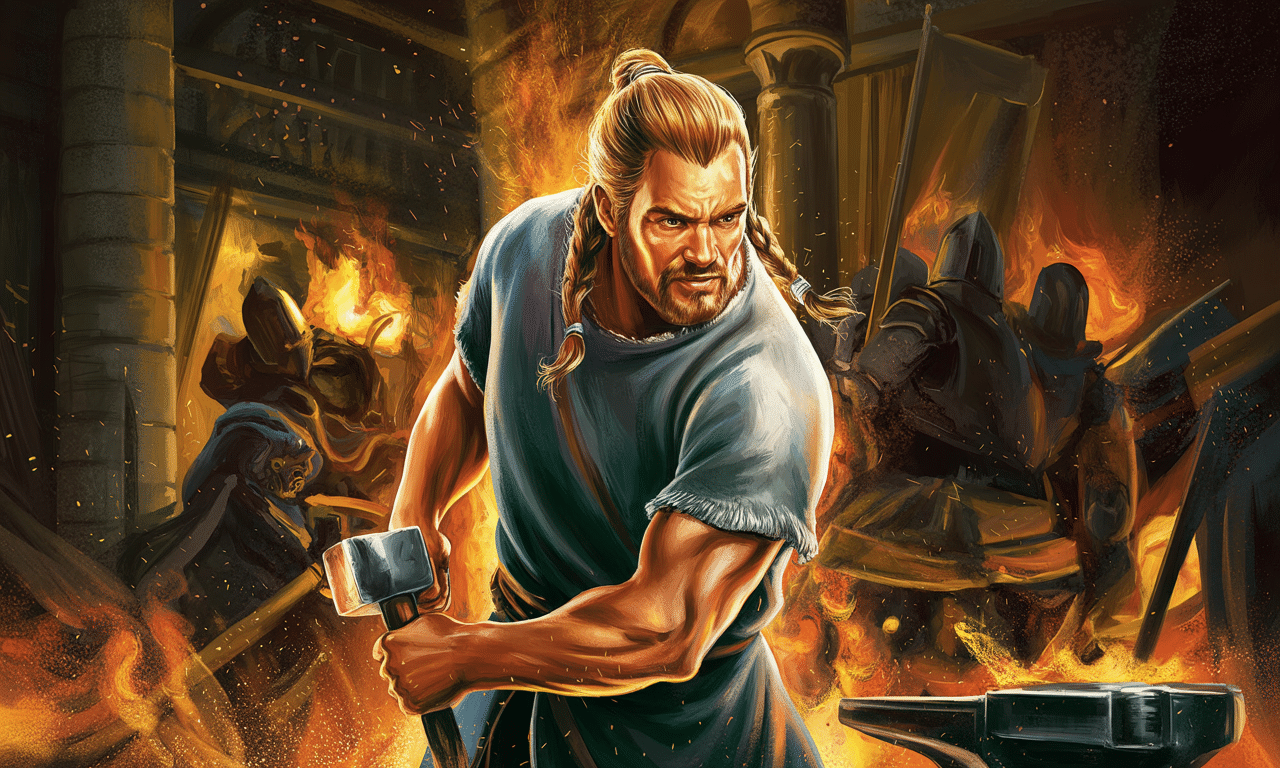 Weland's Revenge
Weland's Revenge
Objective
In the second part of the poem, after the fifth stanza, Deor shares his story. He explains that he was once a scop or singer in the court of the Heodenings, until he was replaced by another singer, Heorrenda. Deor describes his shift from a cherished life in the King ’ s Court to a life filled with isolation and exile. His sorrow is twofold—he misses his comfortable life at the court and struggles to remember the songs he used to sing, recalling them only in fragments.
Elegies
While we associate an Elegy with mourning someone ’ s death and celebrating their life, it ’ s important to note that not all elegies celebrate achievements; many focus solely on grief. Old English Elegies have specific features, including:
- Contain a lamenting speaker who is isolated or exiled.
- The speaker expresses a longing for the past and for loved ones.
- The speaker ’ s mental state varies (including hallucinations, dreams, and memories).
- Speakers rationally analyse their misfortunes.
- Utilise proverbial wisdom.
- A continuous search for comfort, often through religious thoughts.
- Bad weather is depicted to symbolise unstable and chaotic mental states.
‘ Often alone at the edge of dawn, I must wake to the sound of my sorrow,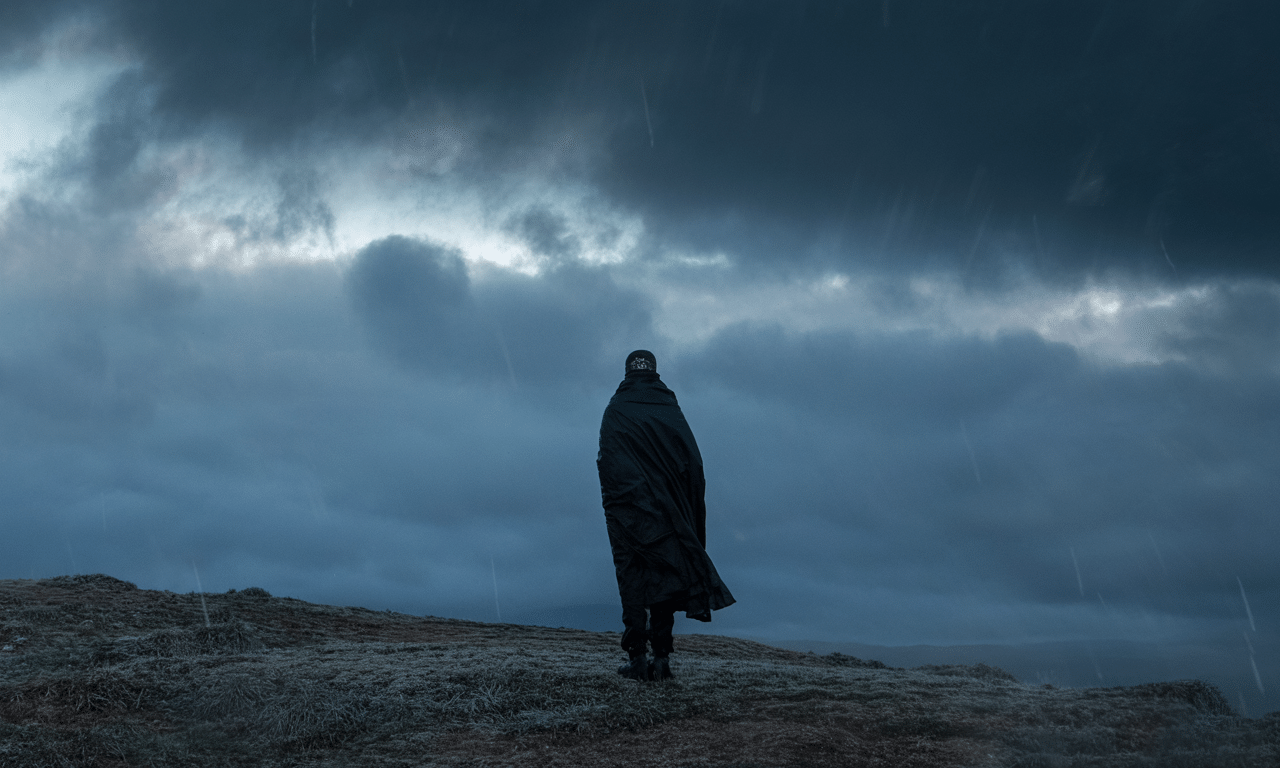 Lamenting solitude
Lamenting solitude
The Silent Melody of a Stifled Heart, Sung to No One, No Living Lord
Poem Analysis
- The poem is both powerful and enigmatic.
- It has influenced poets like W. H. Auden and writers like J. R. R. Tolkien to weave similar themes into their works.
- The poem is crafted as a monologue.
The Speaker's Predicament
- The speaker finds himself in a desolate situation, losing his lord and companions.
- This theme of loss is central to Anglo-Saxon literature.
- He feels adrift and lacks a sense of identity.
- Both physical and mental isolation weigh heavily on him.
- The looming threat of capture by the enemy is ever-present.
- The speaker yearns for resolution and a deeper understanding.
- He is in search of a new homeland, whether it be philosophical or religious.
- He oscillates between his personal grief and broader reflections as a means of solace.
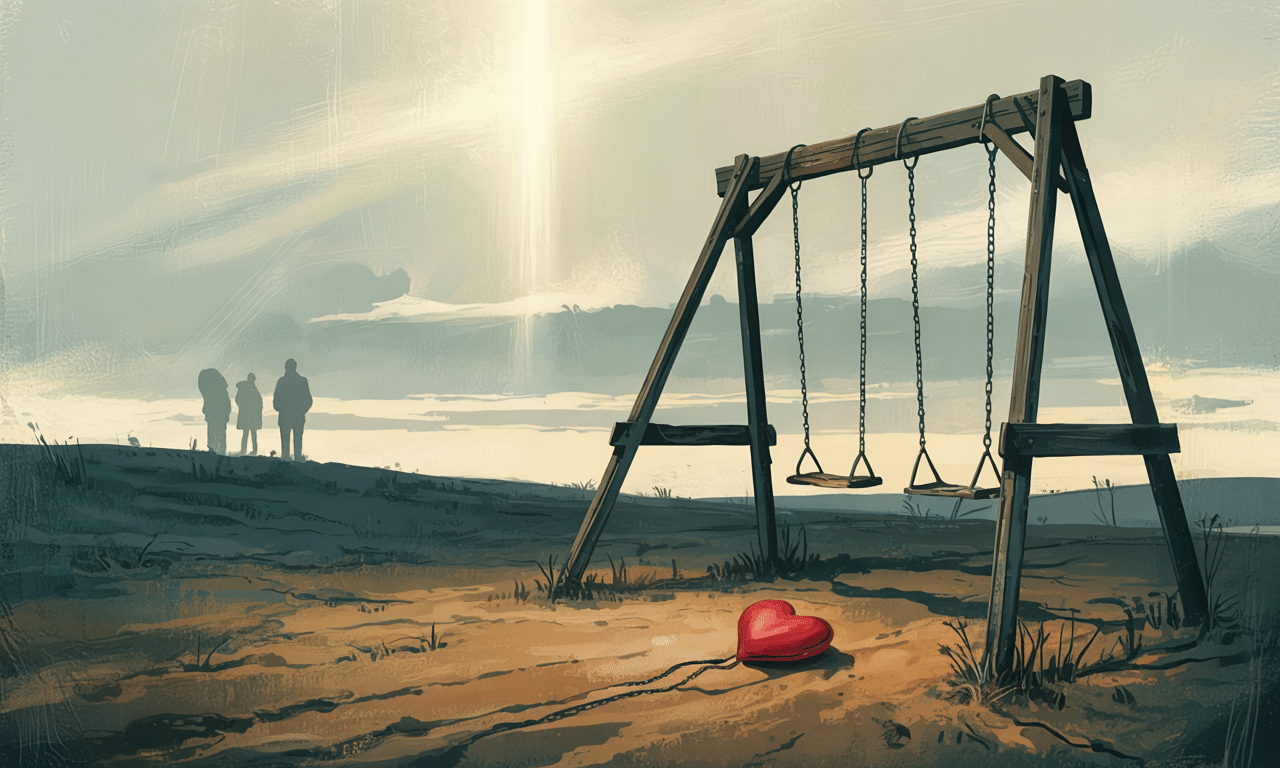 Lonely Shadows
Lonely Shadows
Narrative Approach
- The poem employs both first-person and third-person narratives.
- The third-person perspective offers a nuanced view of the speaker's struggles.
- This viewpoint allows the speaker to recognize the universality of his pain.
- The wanderer contemplates that a wise individual, reflecting on life's losses, will also remember past joys.
- He questions, "Where has the horse gone? Where is the rider? Where is the giver of the gifts?"
The Latin Theme Ubi Sunt
- The term Ubi Sunt translates to "where are they," encapsulating the speaker's sorrow and awareness of life's transience.
- He comes to terms with the fact that everything in life is fleeting —friends, belongings, and family.
- In this moment of realization, the poet highlights the speaker as a wise individual contemplating his past.
Poem Reflection
In the end, the speaker, holding onto his faith, sits in contemplation, no longer worried about the pain. He now seeks mercy from his Heavenly Father, the only place where the transience of the world is transcended. The wanderer has the ability to ‘perform a cure on his own heart.’
- ‘ Let us aspire to arrive in eternal bliss, where life is attained in the love of the Lord,
- Where hope and joy reside in the heavens. Thanks be to Holy God, the Lord of Glory, Who honoured us and made us worthy,
- Our glorious Creator, eternal through all time. Amen. ’
Speaker's Journey
This poem is somewhat confusing for critics because of the different voices it presents. In the first part of the dramatic monologue, the speaker reflects on his journey to the sea. He compares it to the pleasures of the hall—songs and communal food—versus the turmoil of the high seas, clearly preferring the latter. The journey to the sea serves as a test of his strength and spirit.
- Strangely, the speaker does not mention the sea or land again in the middle of the poem.
- He becomes contemplative and religious. This act of forgetting symbolizes the renunciation of the temporal world and the acceptance of the quest for eternal bliss.
 Melancholic Journey
Melancholic Journey
Path of Suffering
The Wanderer is forced into exile and a life of suffering, while the Seafarer chooses his path of loneliness and suffering willingly. Through suffering, the Seafarer understands the transience of this life and the stability of the eternal afterlife.
- The poem concludes with the word ‘ Amen ’ .
The Wife's Lament
The poem begins with a powerful expression of sorrow and grief, as the speaker recounts their lifelong misery and emotional turmoil.
- The poem can be understood in different ways, including:
- a riddle,
- an allegory for Christ's longing,
- a lament from a retainer for a lost lord,
- a cry from a soul beyond the grave.
- However, most critics agree that it expresses the love and mourning of a woman who has lost her husband.
- It follows the structure of other Old English elegies, starting with a heartfelt cry, showing the struggle for consolation, and concluding with general wisdom.
- The speaker is unsure of the reasons behind her husband's departure, with some suggesting she suspects foul play.
- Her husband conceals his true thoughts, remaining an enigma to her.
- She constantly oscillates between memories of their past together and the awareness of his mystery and her loss.
- This uncertainty confounds her, leaving her torn between pity and anger towards him.
- Her only certainty is her confusion, as longing and anger are intricately woven together in this elegy.
Wulf and Eadwacer
The speaker expresses their deep emotional turmoil, attributing their illness not to a lack of food but to the absence of Wulf and the weight of their worries.
The Poem "Between Us"
The poem "Between Us" has been a source of intrigue for critics for a long time. Most scholars agree that it is a dramatic monologue spoken by a woman who is torn between her lover, Wulf, and her unhappy marriage to Eadwacer.
Speaker's Conflict
- The speaker addresses Wulf, expressing her deep sadness over their separation.
- Although Eadwacer is mentioned, it is unclear whether he is Wulf's husband, the speaker's husband, or a representation of God.
- The speaker's main concern is for Wulf's safety and well-being.
Alternate Interpretation
- Some interpretations suggest that Wulf could be the speaker's child, making the poem a mother's lament for her lost or separated son.
Riddles in the Exeter Manuscript
The Exeter manuscript contains over 90 riddles, which are poetic and primarily based on Latin riddles.
- It is unclear whether a single author or multiple authors wrote these riddles.
- While Cynewulf was once believed to be the author, this notion is unlikely due to differences in style.
- Riddles or riddling metaphors were used as a rhetorical tool in medieval dialogue poetry. They engaged the audience in a guessing game, encouraging them to think beyond ordinary boundaries and appreciate the uniqueness of the natural world.
- Old English riddles rely on metaphors and transformation techniques to create their puzzles.
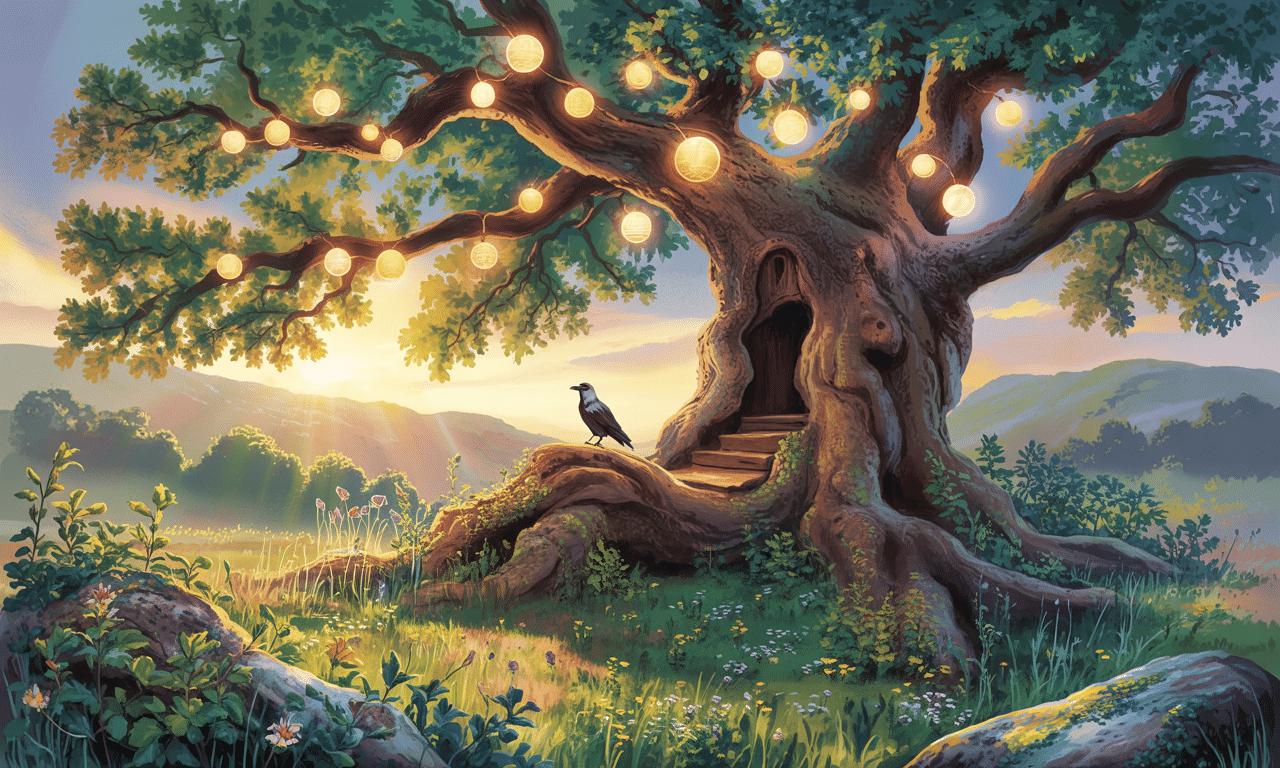 Nature's Enigmas
Nature's Enigmas
J.R.R. Tolkien and Riddles
J.R.R. Tolkien suggests that riddles are closely tied to the essence of poetry. Poetry, in this context, enables us to perceive both familiar and unfamiliar things by drawing comparisons. This process of comparison aids in understanding both the subject and the observer—much like envisioning a cloud that resembles a bird, smoke, a sail, or cattle grazing on a blue pasture.
Gnomic or Wisdom Poems
Gnomic or Wisdom Poems encompass a range of forms, including:
- Charms
- Maxims or gnomes
- Proverbs
- Advice poems
- Homiletic poems
These poems are crafted to offer life advice, chant for healing, and guide actions in various situations. Gnomic poems are didactic and moralistic, skillfully blending elements of mystery and ambiguity to create layered meanings.
Examples of Gnomic or Wisdom Poems include:
- Maxims II (Cotton Maxims)
- Charm for Wens (or Tumours)
- Charms for a Swarm of Bees
- Charm for a Sudden Stitch
- The Fortunes of Men
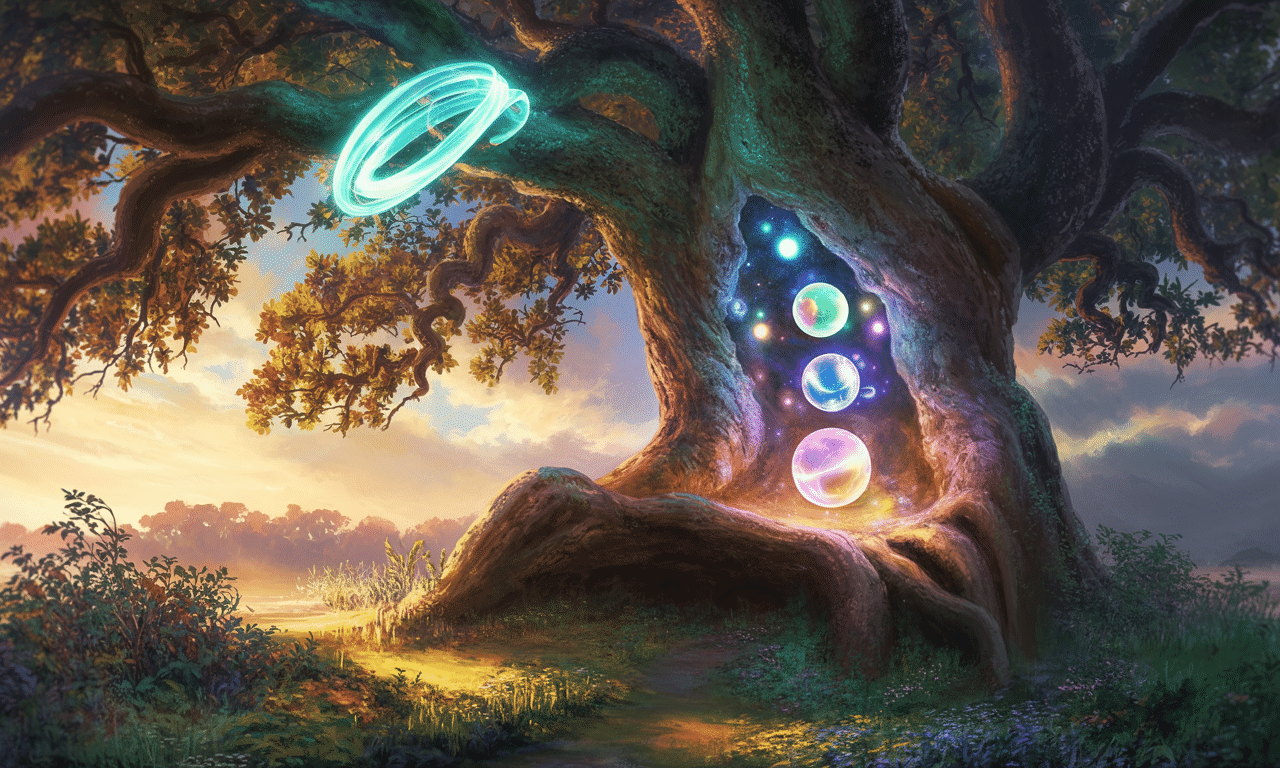 Lyrical Mystique
Lyrical Mystique
Religious Poems
The introduction of Christianity to the Anglo Saxons, who were Germanic pagan invaders settling in England, is marked by the questioning of the new faith by King Edwin. His chief priest observed the diminishing relevance of the old religion during this transition.
Old English religious poetry encompasses:
- Narrative treatments of Old Testament stories
- Accounts of saints' lives
- Depictions of Christ as a heroic figure
- Homiletic poems
Noteworthy examples of religious poems include The Dream of the Rood and Caedmon’s Hymn.
Famous lines from Old English religious poetry reflect the themes of creation and divine power:
‘Now let us praise the Creator and Guardian of the heavenly kingdom, his strength, purpose, intellect, and might, along with his extraordinary deeds. He crafted each miraculous beginning, every living being, and all earthly kinds.’
Introduction to Caedmon's Hymn
Caedmon's Hymn holds great importance in Anglo-Saxon history as it marks the first expression of the new Christian beliefs adopted by the Germanic settlers. Caedmon is recognized as the first English poet, credited with composing the earliest English poem. His works brought forth new forms and imagery, believed to be the result of a Christian miracle.
The hymn gained recognition through the writings of the Venerable Bede, a monk and historian who documented Caedmon's story since Caedmon himself was an illiterate farmer. According to Bede, Caedmon was a local peasant who transformed into a poet and later a monk. Despite being shy, illiterate, and tone-deaf, Caedmon's life changed when he had a dream encouraging him to sing. His words, initially sung, became famous, and Bede recorded them as Caedmon's Hymn in a Latin translation.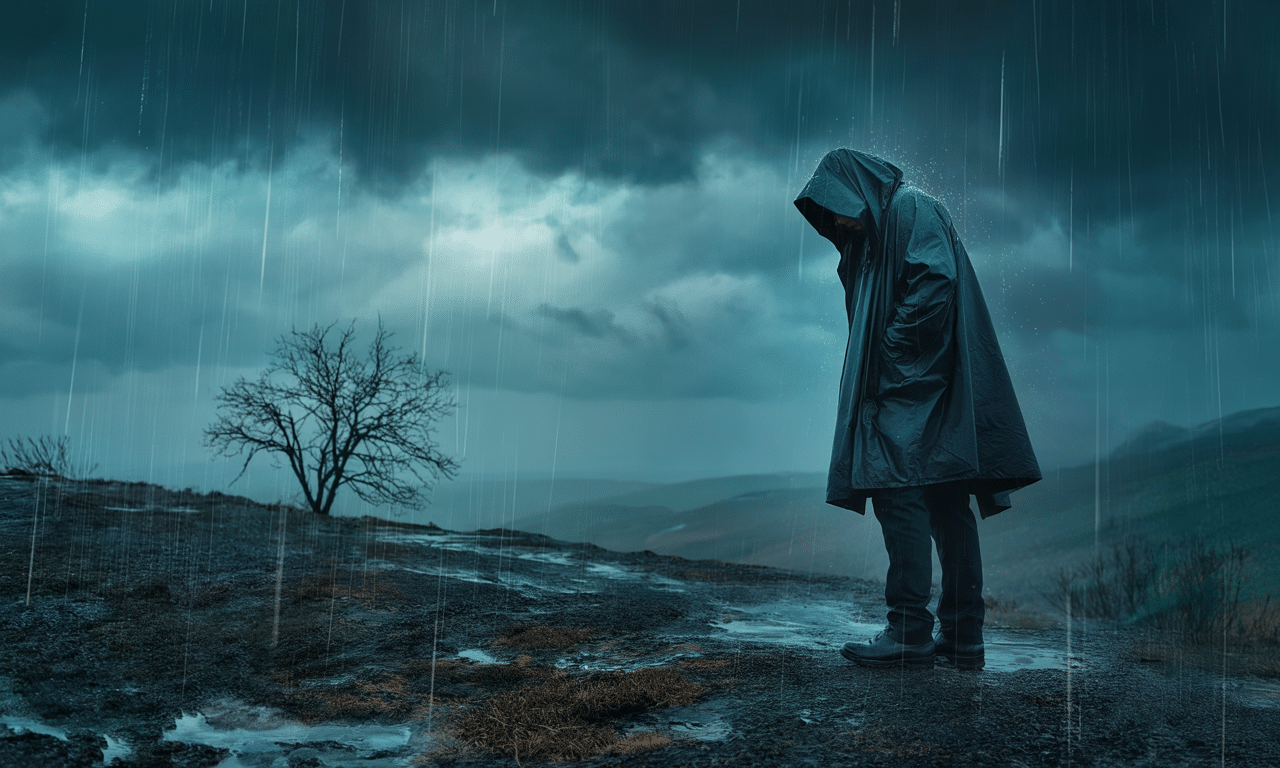 Inner Struggle
Inner Struggle
Content of the Poem
The nine-line poem beautifully portrays the creation of various elements:
- The establishment of the Universe
- The creation of Earth
- The inauguration of Time
- The origination of Humans
Caedmon expresses his praise to God for the creation of all things. The poem is written in the first person plural, referring to God as the "Heaven-kingdom's Guardian." It employs literary techniques such as Kenning and Caesura. For instance, in the opening lines, God is addressed as the "Heaven-Kingdom's Guardian," setting the tone for the hymn. Cosmic Origins
Cosmic Origins
Describing the Creator
- The Creator is known by several names: 'The Measurer,' 'The Glory-Father,' 'Eternal Lord,' and 'Holy Creator.'
- The 'Holy Creator' first made the sky to serve as a protective 'roof' for humanity.
- After creating the sky, the 'Master Almighty' went on to create the earth, which is referred to as 'middle earth.'
Literary Elements
- The poem features various literary devices, including simile, alliteration, caesura, kenning, and metaphor.
- The main themes of the poem are Religion and Time.
|
127 videos|64 docs
|
FAQs on British Poetry - 1 Chapter Notes - Crash Course for UGC NET English Literature
| 1. What are the main features of Old English poetry? |  |
| 2. What distinguishes heroic or historical poetry from other types of Old English poetry? |  |
| 3. What are some notable examples of elegies in Old English poetry? |  |
| 4. How do riddles function in Old English poetry, and what themes do they explore? |  |
| 5. What role do religious poems play in Old English literature? |  |






















